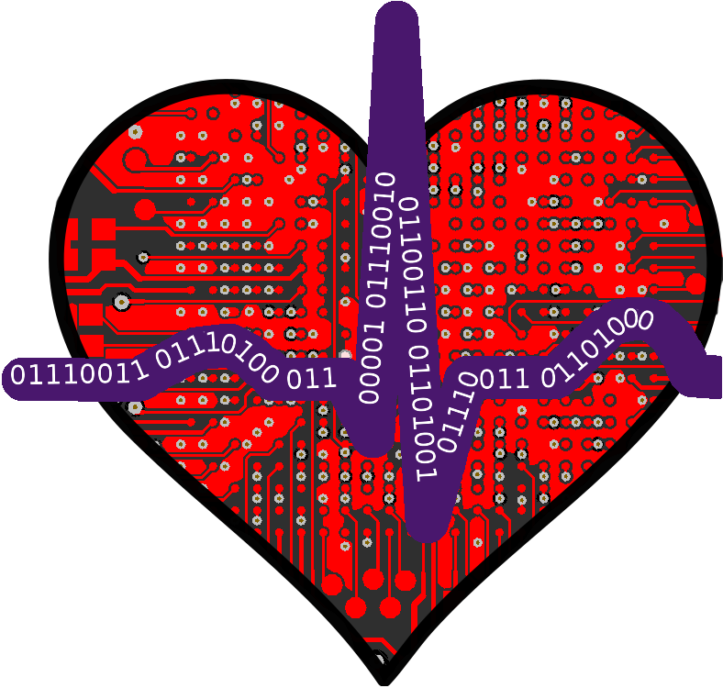
5 ways to improve medical device user experience and adoption
Three years ago I migrated from medical device design and development to the client side of Digital Health. I had the privilege of leading and managing components of transformational initiatives related to Electronic Health Record, also known (and preferred by users) as Clinical Information Systems. This experience changed my thinking about medical design excellence.
Working with clinicians and physicians helped me see essential design requirements for user adoption based on intuitive usability and efficiency. My original understanding of design excellence was based on robustness, clean electronics, optimization with minimal duplication, and manufacturability. Now, in the spirit of continuous improvement, software design excellence is related to simplicity, practicality and accuracy.
Clinical users prefer: (1) limited but key functionality over an intricate series of options, (2) minimal data entry over extensive data population, and (3) clean desktop layout with clear labels over artistic colorful layout. These features simplify their workflows, lead to a more positive experience, and, therefore, early adoption. Let me expand on these requirements with the top 5 ways your design can improve clinicians’ workflow and efficiency.
User Interface (UI) to support a simple and logical workflow
We have all heard how busy clinicians and physicians are in hospitals and clinics. UI Design should position the most frequently used functions in an accessible location, minimize the number of clicks, and provide results in clear and visible locations. Consider designing a user interface for right-handed and left-handed clinicians.
Limit the design to key functionality
Developing technology is exciting and one can get carried away with possibilities and multiple options. Use the 80/20 rule when designing and focus on the functionality clinicians will use 80% of the time. Software development using Agile will lead to a series of releases over time with two main advantages: (1) giving the user time to learn the new software and integrate it in his/her workflow, (2) giving the software development team small wins over time that will build team confidence. A “friendly” and intuitive medical device user interface will win over clinicians and physicians while an overly complex interface will lead to frustration
Minimize data entries and maximize auto-population
Digital Health is all about full integration of parameters, energy levels, diagnostic test results, selected diagnoses from tables, etc. One of the most important benefits of integrating a medical device into a network is automatic uploading of physiological data into the Electronic Health Record. For example, ECT-electroconvulsive therapy is a preferred treatment for the management of chronic and severe mental health conditions (such as schizophrenia, bi-polar disorder) and the treatment is administered over a period of months. The physician will want to record and maintain accurate electric impulse data (such as voltage, amp levels and duration) in order to analyze impact and adjust the treatment accordingly
Allow the User to Customize Home Screen and Save Favorites
This seems basic, but it is very important for clinicians who like to organize their home screen based on their workflow and work load. The ability to login and see one’s unique profile and configuration will significantly help with early technology adoption.
Auto-saving and Ability to Data Capture
Auto-saving is more of a risk mitigation solution than a requirement, but it is very real for the busy clinicians who constantly get interrupted. We have all experienced losing data and having to recreate the work. Well, that is not an option for the busy clinicians. However, ensuring users can pause the process at any time, with data backup in place in case of unexpected interruption, is a requirement. Patient care is often provided by a multi-disciplinary team. Ensure that a data sharing / transfer function is available.
The impact of simple and efficient medical device workflow design for busy clinicians, physicians and health care technologists cannot be over-emphasized. They are essential for easy to adopt new technology. In this era of Digital Health, the value of a medical device lies in usability over complex functionality and comprehensive options. That is not to say that technical aspects of the design need to be compromised, but they cannot override usability.
A long term product road map should address short term software adoption without compromising the product functionality vision. Seeing technology from the clinician’s and physician’s point of view and knowing that their interest lies in the care of the patient will help this shift in design excellence. User-friendly attributes will pay off in terms of earlier clinician adoption and hospital purchase recommendations.
Martine Janicki, PhD, PMP, is a Clinical Project Manager at Provincial Health Services Authority and the first StarFish Medical PMO. Her efforts on StarFish project management systems and philosophies guide our project managers in product definition and development.
Image: Bjarne Hansen